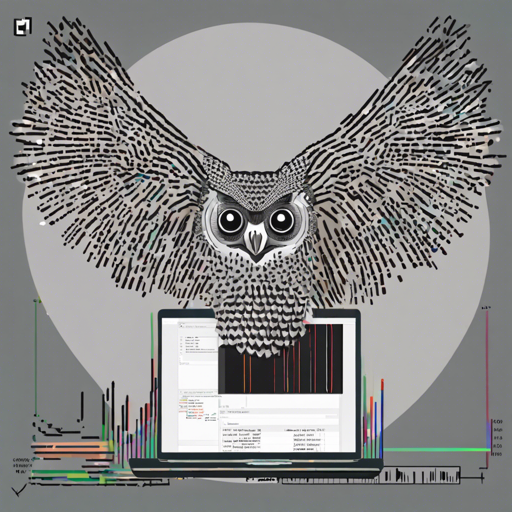Welcome to the world of Owl, a powerful system designed specifically for scientific and engineering computing using the OCaml programming language. In this blog post, we’ll guide you through the installation process, explain the key features of Owl, and offer troubleshooting tips to ensure a smooth experience.
What is Owl?
Owl is a specialized library designed to deliver high-performance scientific computing capabilities. At its core, it aims to provide both researchers and industry programmers with an efficient framework for writing concise, fast, and safe analytical code. Developed by Liang Wang and currently led by Jianxin Zhao, Owl is licensed under the MIT license, ensuring a broad accessibility for users.
How to Install Owl?
To get started with Owl, you’ll need to follow a straightforward installation process:
- Visit the official installation tutorial: Installation Tutorial
- Follow the step-by-step instructions provided for your operating system.
- Once you have completed the installation, you will be ready to dive into scientific computing with Owl!
Mission of Owl
Owl’s mission is to continually push the boundaries of high-performance scientific computing. It serves as the de-facto tool for computation-intensive tasks in OCaml, striving to keep the codebase concise and stable.
The Structure of Owl
Understanding the structure of Owl is crucial for effective utilization. Think of it as a multi-story library where:
- The ground floor is made up of basic data structures known as n-dimensional arrays (Ndarrays) that support modern numerical computing.
- The first floor features advanced operations built on mathematical and statistical functionalities.
- The top floor houses cutting-edge features such as symbolic computations, similar to how TensorFlow operates through its computation graphs.
This layered architecture allows you to choose the level of complexity you need while ensuring performance is optimized at all levels.
Join the Owl Team
For those looking to contribute, the Owl Team is always open to new members who can make substantial contributions. Whether it’s fixing documentation, adding examples, or contributing to discussions, every effort counts!
Code of Contributing
All contributions to Owl are managed via GitHub Pull Requests (PRs). Any changes require approval from at least two key developers from the Owl Team. It’s important to check the full contributing rules and code of conduct guiding the project.
Community Support
The Owl community thrives on open discussions through platforms such as the OCaml Discourse and the Owl Slack channel. The community is supportive and encourages new users to engage actively.
Troubleshooting and Tips
If you encounter any issues while using Owl, here are some common troubleshooting tips:
- Dependencies Issues: Ensure that all dependencies specified in the installation are properly installed.
- Code Errors: Check the Owl documentation for any required syntax or functions.
- Community Queries: Feel free to ask questions on the OCaml Discourse or Slack channel.
- Performance Problems: Ensure that you are using the optimized Ndarrays for large data computations.
For more insights, updates, or to collaborate on AI development projects, stay connected with fxis.ai.
Conclusion
At fxis.ai, we believe that such advancements are crucial for the future of AI, as they enable more comprehensive and effective solutions. Our team is continually exploring new methodologies to push the envelope in artificial intelligence, ensuring that our clients benefit from the latest technological innovations.
Now that you have an overview of Owl and its potential, it’s time to dive in and start leveraging OCaml for your scientific computing needs! Happy coding!

